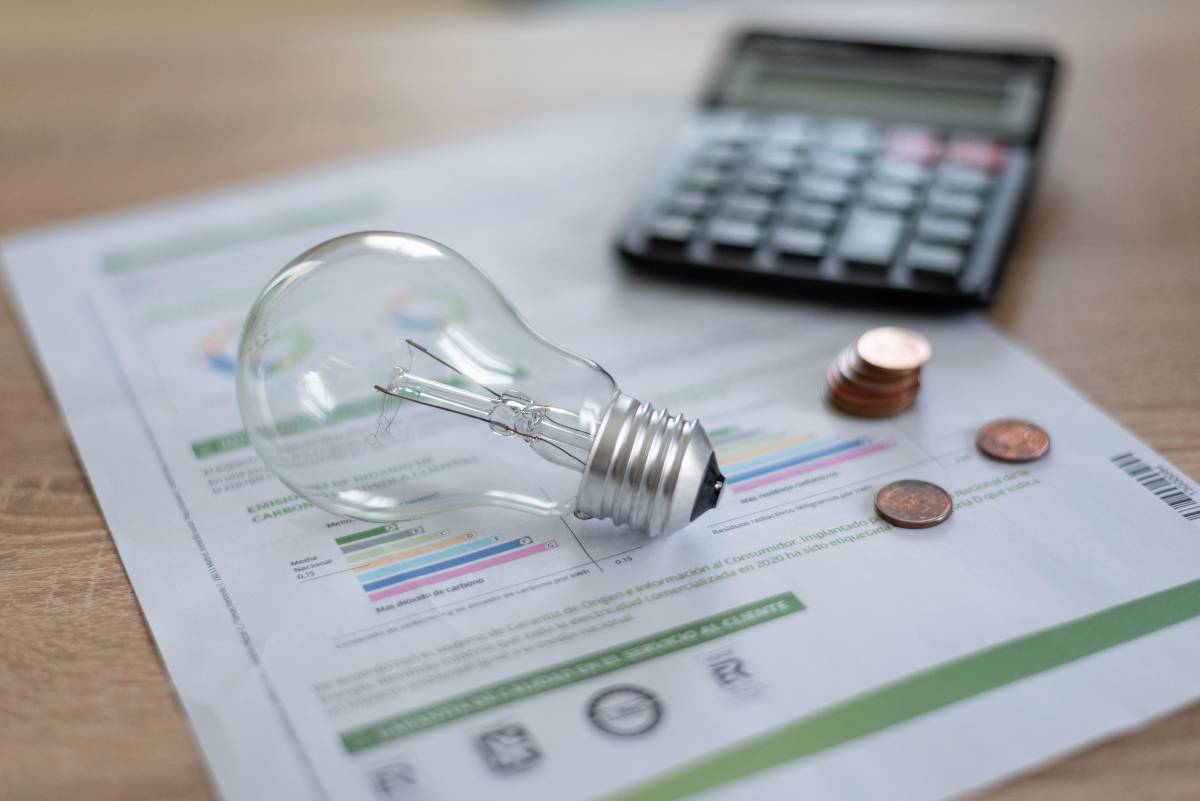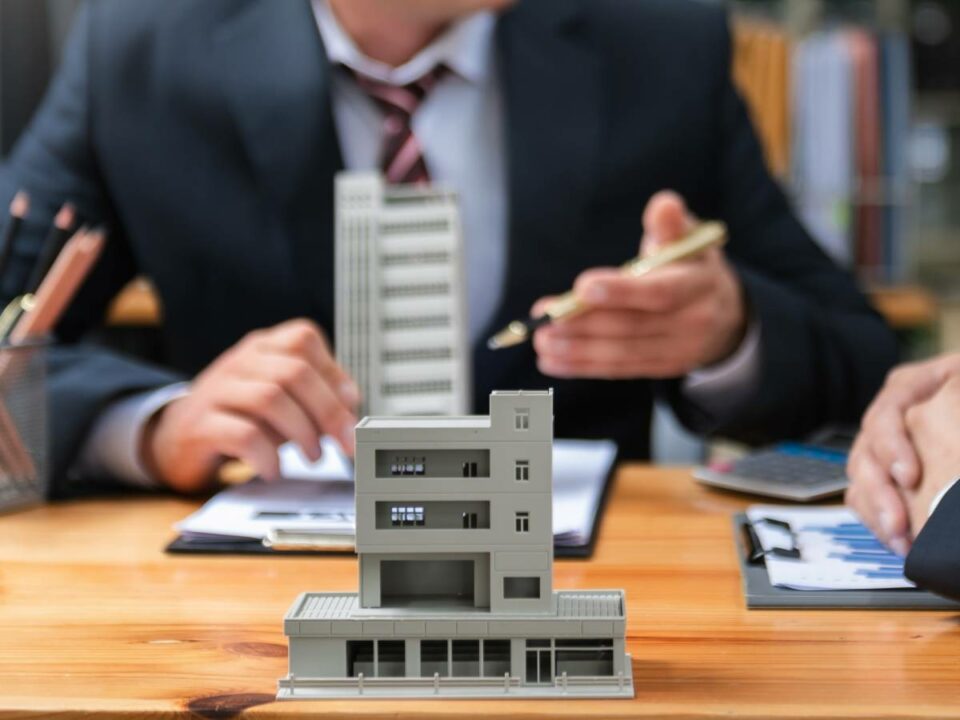As a commercial real estate veteran who’s walked through thousands of properties, I’ve seen firsthand how utility costs can make or break a business’s bottom line. Today’s rising energy prices aren’t just numbers on a bill – they’re challenges that affect your business’s ability to grow and compete. Let’s cut through the complexity and explore practical solutions that have helped my clients slash their utility costs while building more sustainable operations. Trust me, your future self (and your accountant) will thank you.
Key Takeaways
- According to Energy Star, businesses can reduce utility costs by up to 30% through strategic energy management
- Research shows smart building technologies and employee engagement programs deliver measurable savings
- Department of Energy studies confirm that ROI-focused energy efficiency investments yield both immediate and long-term benefits
Understanding Your Energy Usage
The EPA’s Energy Star program emphasizes that you can’t improve what you don’t measure. Understanding your building’s energy consumption patterns is fundamental to reducing costs. Studies from the Department of Energy show that comprehensive energy audits typically identify 20-30% in potential energy savings opportunities.
Building Performance metrics reveal that common areas of waste include:
- HVAC systems operating outside business hours
- Inefficient lighting systems running 24/7
- Equipment left in standby mode
- Poor building envelope maintenance
The first step in any effective energy reduction strategy is establishing your baseline through professional energy assessment. Energy Star’s Portfolio Manager tool provides a standardized method to benchmark your building’s performance against similar properties nationwide.
Immediate Cost-Reduction Strategies
According to a study, implementing immediate energy-saving measures can reduce commercial building energy costs by 10-20% with minimal investment. Let’s examine the most impactful areas based on national statistics.
Lighting Solutions
The EPA reports that lighting accounts for approximately 35% of electricity use in commercial buildings. Modern LED lighting technology offers a clear path to savings:
Energy Star data shows that commercial buildings can reduce lighting energy consumption by 50-75% by converting to LED systems and implementing basic lighting controls. Furthermore, research indicates that occupancy sensors in bathrooms, conference rooms, and other intermittently used spaces can cut lighting costs in these areas by 30-75%.
Lighting Solutions
One of my most memorable success stories involves a mid-sized office building in downtown that was hemorrhaging money through outdated lighting. By upgrading to LED lighting systems, we didn’t just cut their electricity bill – we transformed their workspace. The new lighting created a more productive environment while slashing their energy costs by 35%. Modern lighting control systems can automatically adjust based on natural light levels and occupancy, ensuring you’re only paying for light when and where it’s needed.
HVAC Efficiency
Your HVAC system is likely the biggest energy consumer in your building, and it’s often the most misunderstood. I recently worked with a property manager who was convinced they needed a complete system replacement. After a thorough assessment, we discovered that simple optimization and maintenance could deliver 80% of the desired savings at just 20% of the replacement cost.
The secret lies in smart temperature control. Modern systems can learn your building’s patterns and adjust automatically, much like how your smartphone learns your daily habits. One of my clients reduced their heating and cooling costs by 28% simply by implementing intelligent controls and proper maintenance schedules.
Long-Term Investment Solutions
When we talk about long-term investments in building efficiency, we’re really talking about future-proofing your property. These aren’t just expenses – they’re strategic investments that appreciate over time.
Building Envelope Improvements
The building envelope is your first line of defense against energy waste, yet it’s often overlooked. I recently helped a client address their building’s insulation and air sealing issues. The initial investment seemed significant, but the 40% reduction in heating and cooling costs meant the project paid for itself in just 18 months. Plus, their tenants immediately reported more comfortable working conditions – a win-win situation that increased property value and tenant satisfaction.

System Modernization
Building automation isn’t just for Class A office towers anymore. I’m seeing businesses of all sizes benefit from smart building technology. Think of it as giving your building a brain – one that can make intelligent decisions about energy use in real-time.
A particularly successful case involved a strip mall owner who implemented an integrated system that controlled lighting, HVAC, and security. The system paid for itself within two years and continues to deliver annual savings of over $45,000 while reducing staff workload.
Advanced Energy Management
Let’s talk about something that often gets overlooked but can have a massive impact on your bottom line – strategic energy procurement and management. In my experience working with commercial property owners, understanding how to navigate energy contracts and demand patterns can be just as valuable as any physical upgrade.
Contract Optimization
Here’s a secret from the trenches: most businesses are paying more than they need to for energy simply because they haven’t optimized their contracts. Last month, I helped a manufacturing client renegotiate their energy contract, resulting in a 22% reduction in their rate structure. It’s not just about finding the lowest rate – it’s about understanding your usage patterns and matching them to the right plan.
Remember, energy suppliers are like any other service provider – they’re open to negotiation, especially if you know your data and can demonstrate reliable usage patterns. I’ve seen businesses save thousands just by moving from a fixed-rate to a well-structured variable rate plan during optimal seasons.
Demand Response Programs
Think of demand response as getting paid to be flexible with your energy use. One of my retail clients earns an extra $30,000 annually just by participating in their utility’s demand response program. They simply adjust their operations slightly during peak periods, and the savings go straight to their bottom line.
Employee Engagement & Training
I’ll let you in on a little secret – the most sophisticated energy management systems in the world won’t save you money if your team isn’t on board. The human element is crucial, and I’ve seen this play out countless times in my career.
Recently, I read that there was an office complex that implemented a comprehensive employee engagement program. They turned energy saving into a friendly competition between departments, complete with monthly recognition and small rewards. The result? A 15% reduction in energy use beyond what their technical upgrades had already achieved.

Measuring & Maintaining Results
Success in energy efficiency isn’t a one-and-done achievement – it’s an ongoing journey. Think of monitoring your energy performance like checking your investment portfolio; you need to stay engaged to ensure everything is performing as expected.
For example, a well-structured monitoring system might include a monthly “energy scorecard” that tracks key metrics like:
- Electricity consumption (kWh)
- Peak demand periods
- Equipment runtime hours
- Cost per square foot
- Seasonal usage patterns
By comparing these metrics against your baseline data each month, you can spot trends early and address potential issues before they impact your bottom line. Just as a small leak can lead to significant water waste over time, minor energy inefficiencies can accumulate into substantial costs if left unchecked.
FAQs
What are some effective tips for reducing my energy bill as a commercial business?
How can I significantly reduce my commercial energy costs?
What role do energy-efficient bulbs play in reducing energy consumption?
How can I use real-time data to improve my business’s energy efficiency?
What is the benefit of using power strips for commercial energy management?
Conclusion
After nearly two decades in commercial real estate, I’ve observed how utility costs significantly impact a business’s bottom line. The strategies we’ve discussed today are backed by industry research and proven case studies from the Department of Energy and Energy Star programs. Commercial properties consistently demonstrate the potential for a 20-30% reduction in energy costs through systematic optimization.
What’s particularly compelling about energy optimization is its dual benefit: reducing operational costs while enhancing property value. Buildings that implement comprehensive energy management strategies typically see higher occupancy rates and command better lease terms, according to industry studies.
I’d love to help you discover the hidden savings in your commercial property. Schedule a consultation with me! During our consultation, we’ll explore your current energy usage patterns, identify immediate savings opportunities, and develop a customized efficiency strategy that aligns with your business goals. Together, we’ll calculate potential ROI and create a clear path forward.




